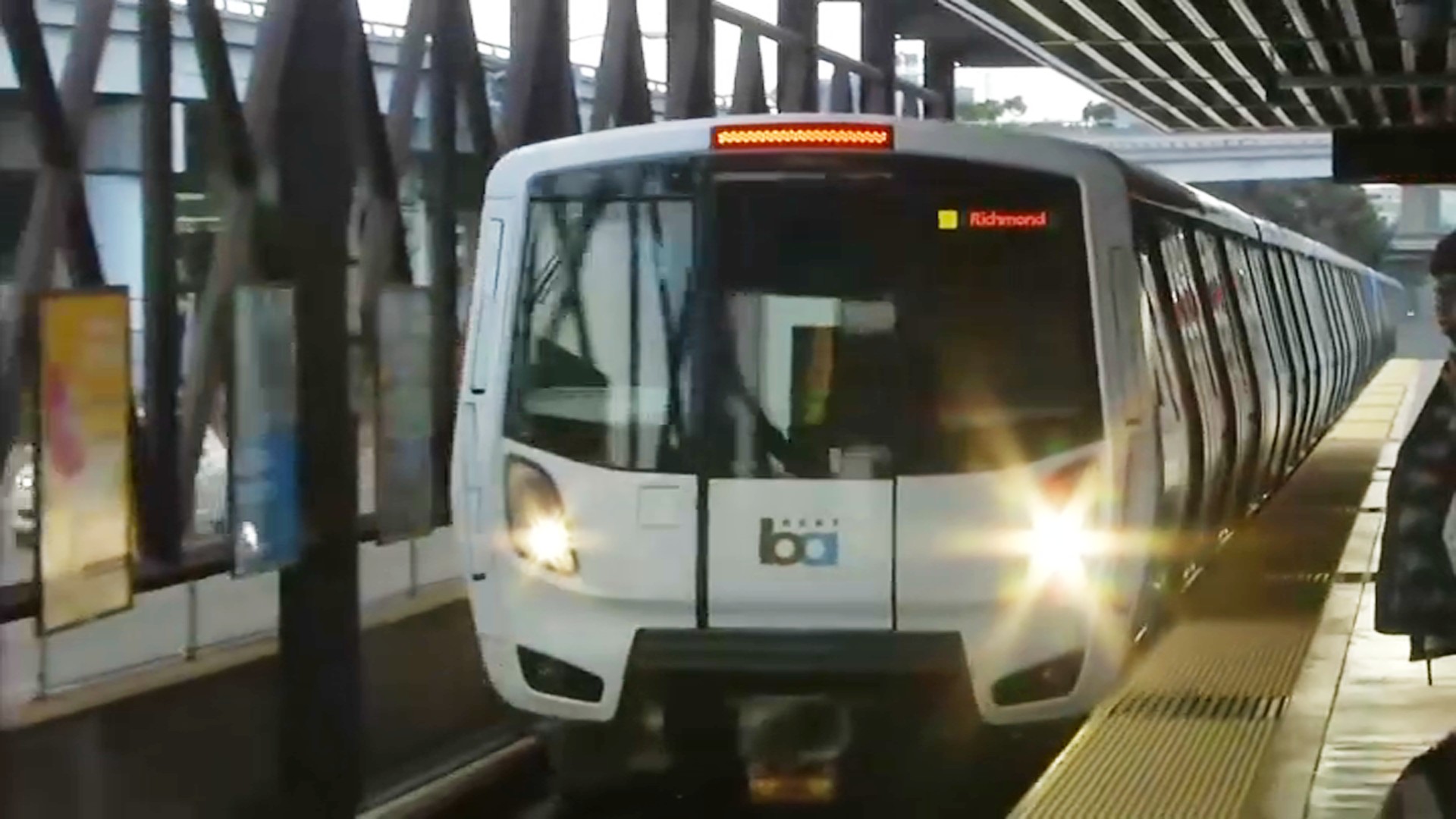BART officials warned the head of the Valley Transportation Authority in 2017 that the single-bore tunnel design now envisioned for the San Jose extension posed "serious risks to safety," documents reviewed by NBC Bay Area's Investigative Unit show.
VTA broke ground this summer on the $12.7 billion project, which involves a 5-mile long, 54-foot diameter single tunnel to be bored nearly 100 feet under downtown San Jose. The project is now expected to be complete by 2037, although federal authorities recently cut project funding by more than $1 billion.
The tunnel in San Jose will be about twice as deep as many of BART's existing 18 stations, like the 12th Street Station in downtown Oakland. In July, an equipment fire forced the evacuation of trains in that station.
VTA says the deeper, single bore design will be less disruptive to downtown businesses and more efficient.
But in a memo from September 2017, then-BART general manager Grace Grunican, along with then-assistant general manager Bob Powers, warned VTA's then-general manager Nuria Fernandez about the risks of the single bore alternative.
In BART's "professional evaluation," the memo said, the single bore design posed "serious" safety risks as well as concerns about evacuation and access for disabled people.
"There's probably six or seven major, major red flags there," said engineer Barney Smits, who joined BART's leadership in raising concerns at the time. He retired as BART's fire/life safety engineer in 2022, having served 25 years with the agency.
A VTA animation shows BART passengers coasting down three sets of escalators to reach the platform. But in an emergency, Smits says, the escalators are configured to automatically shut down so they can function as stairs up to the surface. That would result in passengers having to climb the equivalent of eight flights of stairs to get out.
"When there's 2,000 people on a BART train, that's a lot of lives at risk," Smits said.
Get a weekly recap of the latest San Francisco Bay Area housing news. >Sign up for NBC Bay Area’s Housing Deconstructed newsletter.
"Is it really safe?" asked Liz Ames, a civil engineer and BART board member, about the single bore design. She and board colleague Debora Allen recently demanded that BART provide more assurances about safety.
"These questions that we have, are not being answered," Allen added.
Ames and Allen both say they are concerned that the tunnel, as designed, may not meet a key safety standard. Smits said that's his concern as well.
"There's no way of them reaching the six-minute rule -- of reaching the surface within six minutes," Smits said in a recent interview. He pointed to the National Fire Protection Association standard that requires passengers be able to get off a train and reach a point of safety within six minutes.
One factor, he says, is that BART's 2,000 passengers will be rushing up to safety just as firefighters are heading down those same steps. "These two forces are going to be running into each other. And again, that makes it an unsafe condition."
VTA says the single tunnel will have safe spaces in the station itself, at the end of each platform. The so-called engineered points of safety will provide sanctuary from smoke and heat for passengers unable to make it to the surface in time.
VTA said the strategy has undergone review by federal and state regulators as well as local police and fire officials -- and satisfies all regulations.
But Smits worries that "engineered points of safety" have had mixed results on other systems amid the smoke and chaos of real-life emergencies.
But getting people out is only part of the challenge, says BART director Liz Ames.
There is also the need to rid the tunnel itself from the smoke and heat from a fire in a disabled train. VTA says it has a solution to that problem as well, known as "single point extraction" system.
VTA said the innovative approach would first electronically pinpoint a disabled train and then automatically open a nearby vent to allow a giant vacuum system to extract or draw away smoke and heat. BART currently relies on far more vents and fans to control smoke and heat.
VTA said its new strategy will provide "equal" if not "better safety over BART's legacy" system, but Ames isn't convinced.
"To me, this is untested," she says, adding that BART's existing system has more redundancy over the VTA system, which relies on electronic sensor technology.
"We haven't seen any analysis that shows that this system would actually work and that you would have a point of safety inside the tunnel," she said.
But BART's operations manager, Shane Edwards, assured the BART board in August that remaining issues are being worked out between BART engineers, VTA and representatives from other regulatory agencies.
"We are not cutting corners in safety or design -- I can promise you that," Edwards said.
But Ames wants to hear more details, especially in light of all the red flags BART's own leaders raised nearly a decade ago.
"I'm frustrated," she said. "I've never seen an agency not be transparent about such a large project."



